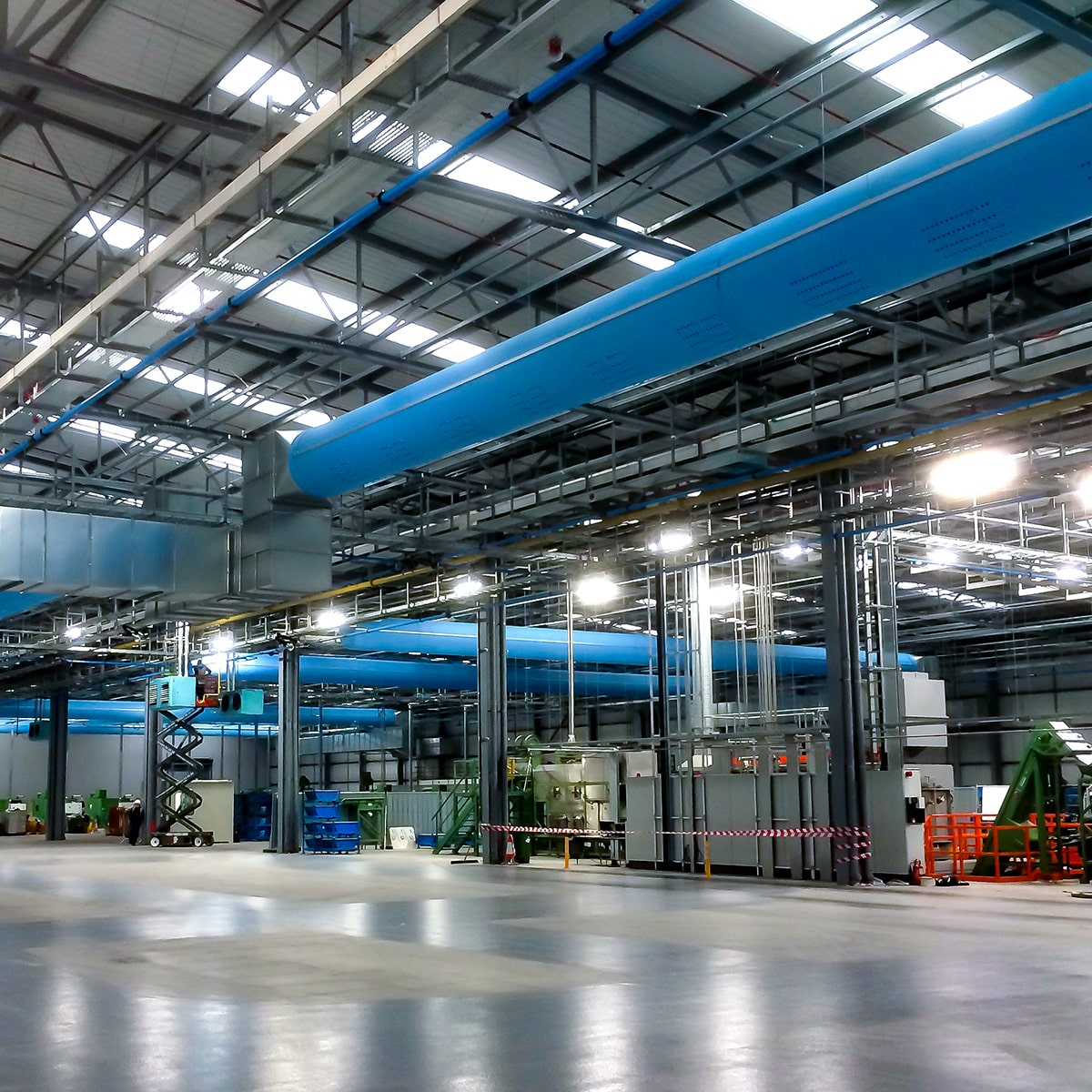Indoor air quality (IAQ) plays a crucial role in maintaining a healthy and comfortable environment. Adequate ventilation is essential to ensure the circulation of fresh air and the removal of pollutants. However, determining the ventilation requirements for a specific space can be a complex task. In this article, we will delve into the factors that influence ventilation needs and provide practical insights on how to optimize IAQ.
- Understanding the Importance of Ventilation:
Proper ventilation is vital for several reasons. It helps dilute and remove indoor pollutants, such as volatile organic compounds (VOCs), carbon dioxide (CO2), and airborne particles. Additionally, ventilation controls excess humidity, prevents the buildup of odors, and reduces the risk of respiratory infections. By improving IAQ, ventilation contributes to enhanced productivity, comfort, and overall well-being. - Assessing Occupancy and Activity Levels:
The first step in determining ventilation requirements is evaluating the occupancy and activity levels within a space. Different activities generate varying amounts of pollutants and moisture. For instance, a crowded conference room will require higher ventilation rates compared to a small office with fewer occupants. Understanding the specific needs of the space is crucial for designing an effective ventilation system. - Calculating Ventilation Rates:
Ventilation rates are typically measured in air changes per hour (ACH) or cubic feet per minute (CFM). To calculate the required ventilation rate, several factors need to be considered: a. Floor Area: The size of the space directly affects the amount of fresh air needed. Larger areas require higher ventilation rates to ensure proper air circulation. b. Pollutant Sources: Identifying and quantifying pollutant sources is essential. This includes considering the number of occupants, equipment emissions, and any potential contaminants specific to the industry or activity. c. Outdoor Air Quality: The quality of outdoor air also influences ventilation requirements. Areas with high levels of outdoor pollutants may require additional filtration or higher ventilation rates to maintain acceptable IAQ. d. Building Envelope: The building's construction and insulation play a role in determining ventilation needs. A well-insulated structure may require mechanical ventilation to compensate for reduced natural airflow. - Choosing the Right Ventilation System:
Once the ventilation requirements are determined, selecting an appropriate system is crucial. Common options include natural ventilation, mechanical ventilation, or a combination of both. Factors to consider when choosing a system include energy efficiency, noise levels, maintenance requirements, and compliance with local building codes. - Monitoring and Maintenance:
Installing a ventilation system is not the end of the process. Regular monitoring and maintenance are essential to ensure optimal performance and IAQ. This includes inspecting filters, cleaning ducts, and conducting periodic air quality testing. Continuous monitoring allows for adjustments to be made based on changing occupancy or activity levels.
Conclusion:
Determining ventilation requirements is a multifaceted process that involves considering various factors such as occupancy, pollutant sources, and outdoor air quality. By understanding these factors and implementing an appropriate ventilation system, you can optimize IAQ, creating a healthier and more comfortable indoor environment. Regular monitoring and maintenance are crucial to ensure long-term effectiveness. Remember, proper ventilation is not just a regulatory requirement; it is an investment in the well-being and productivity of occupants.

